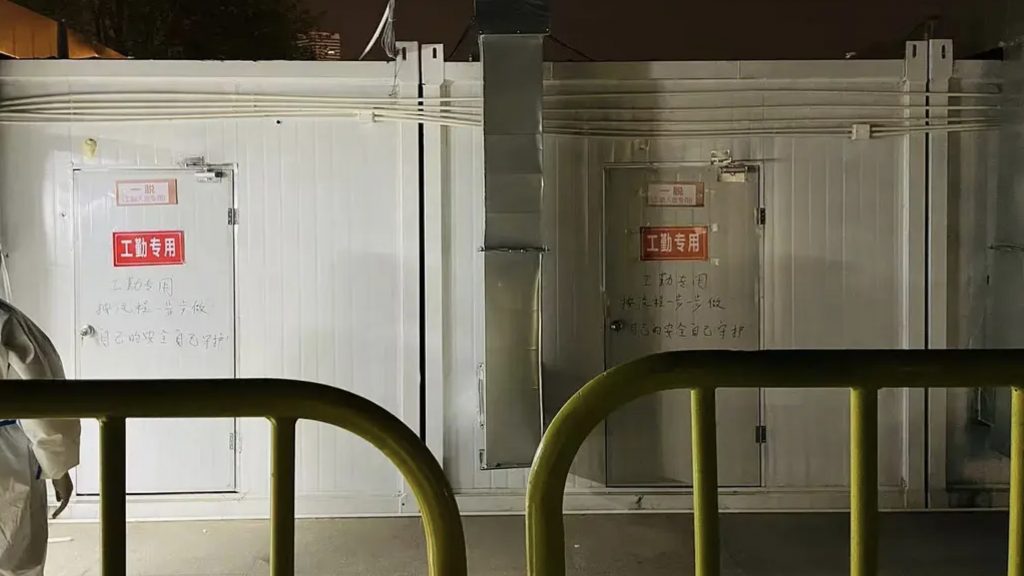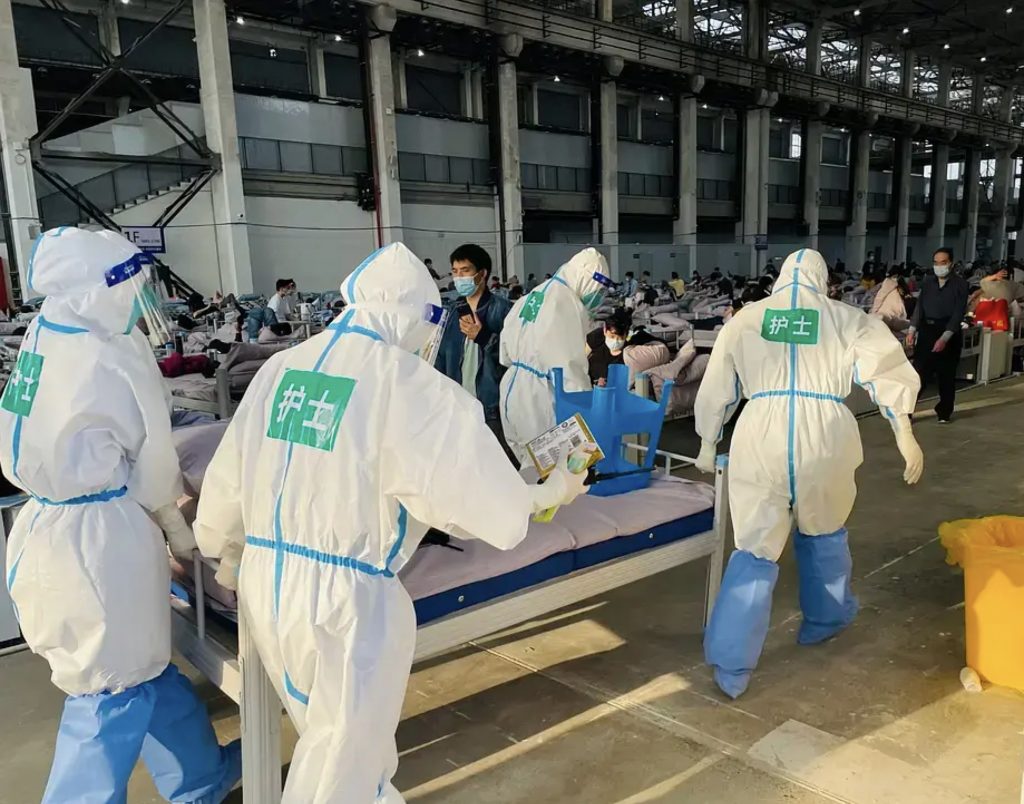
It has been said that:
Shanghai is the closest place in China to modern civilisation and the closest place in the world.
On April 6, there was a mother and daughter from Raffles in Hangzhou who didn’t know how to get out of Shanghai and went into Hangzhou in the early hours of the morning without sleeping and went straight to the shopping district without wearing a mask.
Some escaped Shanghai overnight by hiding in their trunks.
And the daily additions elsewhere in China: from Shanghai, by way of XX, testing positive for nucleic acid.

While I’m sure this is always a minority, how can Shanghai be any better under these circumstances?
What I see on media platforms is
Tracking the Shanghai government’s disinformation
<Cao Yang district senior citizens’ team positive en masse>
——The entire elderly team is positive.
<Shanghai is building a hospital in the square.>
——It’s already been built.
<Jiaotong University falls, hundreds of positive cases.>
——The article said Xuhui Jiaotong University, but it turned out to be Minhang Jiaotong University.
<Shanghai will be closed for four weeks>
——more than four weeks.
<8,000 positive cases in Pudong>
——More than 8,000
What kind of leader is it that can make such a decision and then bite back again and again afterward?
The leaders are too busy crying, too busy putting up the seals and immediately taking them off again, too busy performing. As for the numbers …… no one cares at all. Those numbers get read out at the launch and that’s it.
Because they don’t care.
All they care about is clearing the target, and it doesn’t matter what it’s clearing out.
No one died from COVID-19, but countless people died because of COVID-19.
According to official statistics, Shanghai received 270 million consultations and 2.56 million inpatient surgeries in a year at all levels of hospital clinics before COVID-19 (before 2018). In other words, every day in Shanghai, an average of 740,000 people health reaches the alert line that says “I have to go to the hospital,” and every day an average of 7,000 people’s health reaches the point where they have to have an operation or are finally scheduled for one.
These lives lost due to delayed treatment are more than one or two that I have seen alone.

Some doctors have calculated, using Wuhan’s chronic and additional mortality data, that the number of additional deaths from diabetes alone due to the city closure in Shanghai is 2,141 a month.
How many lives do we have to sacrifice to save the newly crowned patients?
COVID-19 doesn’t kill, but what kills is something else that cannot be said.
In times of peace, in a cosmopolitan city, with planes, railways, high-speed trains and motorways, with air and shipping links to the world, it is inconceivable that the people living there have to prepare for a famine, is it not? But it is real.
How did this paradoxical interplay of magic and reality happen in Shanghai, the closest metropolis to modern civilisation and the closest to the world?

Be the first to comment on "Almost starved to death in a 21st century cosmopolitan city–Magic and reality of Shanghai"